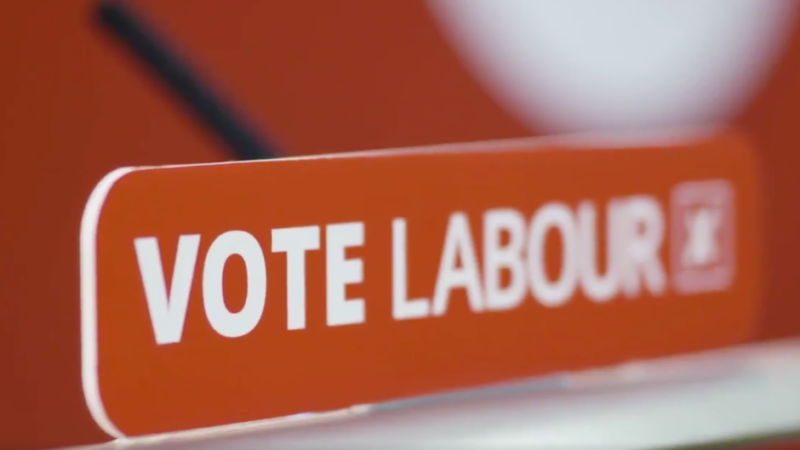
Voting in the Labour leadership and deputy contests have begun. Members should be receiving their ballots throughout this week, either by email or – if no verified email address is recorded – by post.
Members who joined the party before 5pm on January 20th are eligible to vote in the process, along with registered supporters and affiliates. Approximately 100,000 people joined the party in the run-up to the cut-off date last month.
The voting system is one-member-one-vote, and every vote is equal. A preferential voting method is used for the contests, in which participants are asked to rank the candidates in order of preference – one, two and three for the leader, for example.
If no candidate receives more than 50% of first preferences, the one with the least votes is eliminated and their votes are redistributed according to the second preferences indicated. Rounds of counting continue until the first contender achieves the ‘50% + 1’ threshold and wins.
The use of the preferential system means that a candidate who initially comes second in the first round of counting for the leadership race, could ultimately end up winning the contest by securing more second preferences.
If Keir Starmer comes first in the initial round and Rebecca Long-Bailey places second, the second preferences of Lisa Nandy voters could clinch it for Long-Bailey. And if Nandy came second in terms of first preferences, she’d be hoping that Long-Bailey voters second-preferenced her over Starmer.
Nandy is thought to have a ‘second preference strategy’ that relies on Starmer coming first but not reaching more than 50% of votes in the first round of counting, and on Long-Bailey’s second preferences favouring her over Starmer.
Long-Bailey is currently considered to be a probable second in the leadership race, though her team would say she is closing in on Starmer. If she places second and Starmer does not win outright, her chances rest on Nandy voters preferring her over Starmer – i.e. not being majority anti-Corbynite.
Labour’s preferential voting system for leadership contests allows people to prioritise their genuinely favoured candidate over the candidate they think has the highest chance of winning – if, in their view, those attributes apply to two different candidates.
Long-Bailey, Starmer and Nandy secured their place on the final ballot in the race to replace Jeremy Corbyn after having received the required nominations from local Labour parties and affiliated organisations.
In the deputy election, eligible voters are being asked to rank Rosena Allin-Khan, Richard Burgon, Dawn Butler, Ian Murray and Angela Rayner in order of preference. There is no need to use all five preferences – as many as five or as few as one are allowed.
As well as the leader and deputy roles, electors are also being asked to indicate their preference for the national executive committee by-elections. There are two vacancies for constituency party representatives up for grabs, as well as one for the BAME rep.
The vote is being administered independently by the company Civica, formerly the Electoral Reform Service, on behalf of the party. It will take “most of the week” for ballots to be sent out to the large membership.
Labour has explained that members should phone 03450922299 or email [email protected] if they have not received their ballot by March 2nd. Requests for the reissue of ballot papers will only be processed from this date.
Members, affiliates and registered supporters have until 12pm on April 2nd to cast their vote and the result will be announced at a special conference in central London on April 4th.




More from LabourList
EXCLUSIVE: New Year Message from Anna Turley
Which Labour ministers did the most broadcast interviews in 2025?
Labour justice minister puts pressure on Tories over shadow attorney general representing Russian oligarch